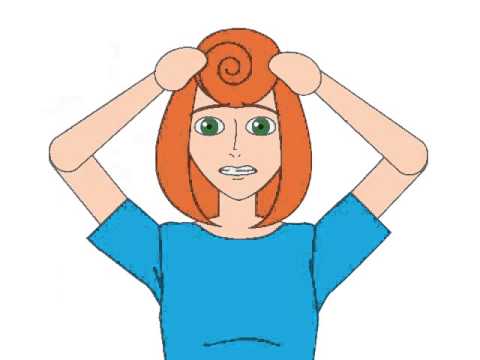1.3: Developing Your Research Question
- Page ID
- 70223
By now, it should be clear that finding a research question is a process of exploration and refining: exploring a topic will lead to developing a question, and further refinement will help you to focus that question to something that is not too broad and not too narrow.
ACTIVITY: Watch, think, and learn
Take a minute to watch this short video on how to develop a research topic. Think about the steps the student takes starting from a wide open topic, to something too narrow, and finally, to finding a balanced topic that is searchable.
Steps for Developing a Research Question
The steps for developing a research question, listed below, can help you organize your thoughts.
Step 1: Pick a topic (or consider the one assigned to you).
Step 2: Write a narrower topic that is related to the first.
Step 4: Do some background reading, using the Library’s reference books. Do some initial research in a library database.
Step 5: Readjust your topic if you get too few, or too many, search results.
Step 6: List some potential questions that could logically be asked in relation to the narrow topic.
ACTIVITY: Summing up Module 1
An interactive or media element has been excluded from this version of the text. You can view it online here:
https://kpu.pressbooks.pub/doingresearch/?p=34
An interactive or media element has been excluded from this version of the text. You can view it online here:
https://kpu.pressbooks.pub/doingresearch/?p=34
Well done! You have completed the text and activity portion of Part 1 Getting Started on your Research. You are welcome to review any part of this module at any time.



